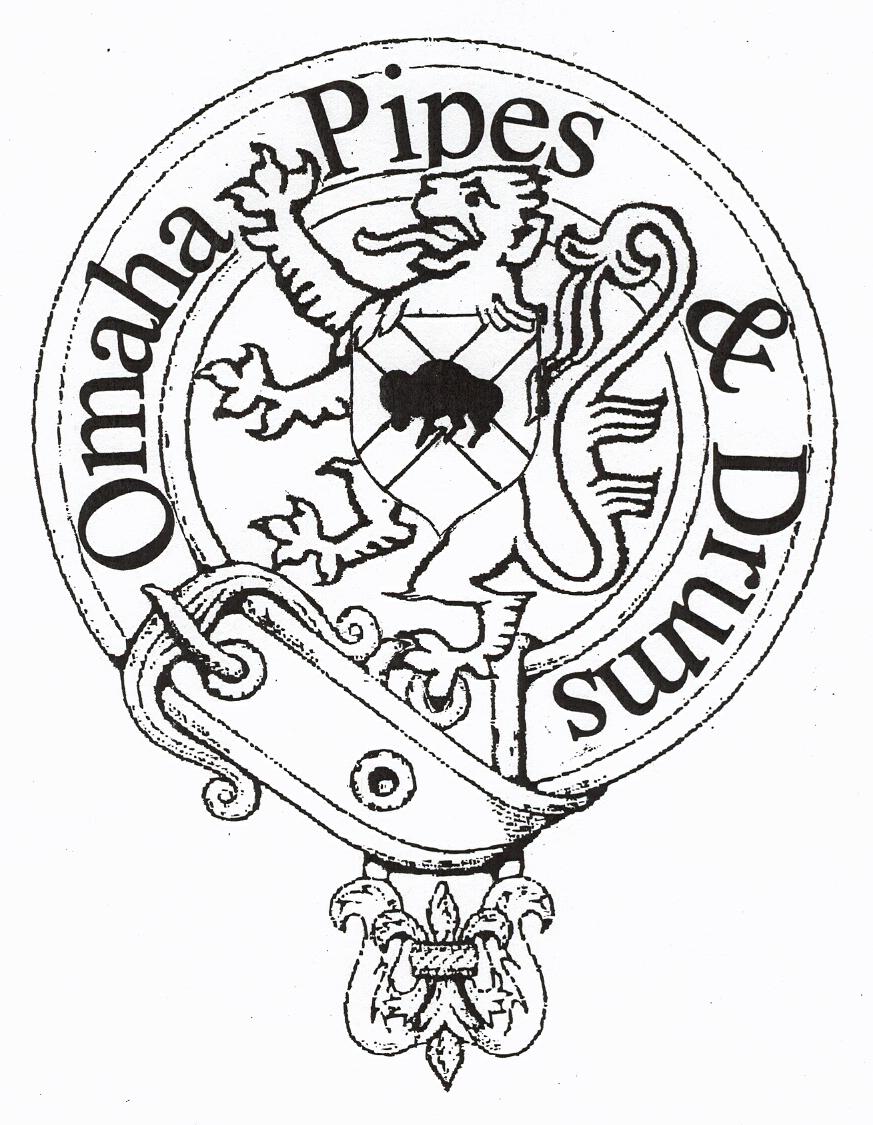| This Week’s Topic… | |

Best viewed in
|
The Story Behind the Badge
Heraldry in its most general sense encompasses all matters relating to the duties and responsibilities of officers of arms. To most, though, heraldry is the practice of designing, displaying, describing and recording coats of arms and badges. The origins of heraldry lie in the need to distinguish participants in combat when their faces were hidden by iron and steel helmets. At the time of the Norman Conquest of England, modern heraldry had not yet been developed. The beginnings of modern heraldic structure were in place, but would not become standard until the middle of the twelfth century. By the early thirteenth Century, coats of arms were being inherited by the children of armigers. In Britain the practice of using marks of cadency arose to distinguish one son from another, and was institutionalized and standardized by the John Writhe in the fifteenth century. In the late Middle Ages and the Renaissance, heraldry became a highly developed discipline, regulated by professional officers of arms. As its use in jousts became obsolete coats of arms remained popular for visually identifying a person in other ways—impressed in sealing wax on documents, carved on family tombs, and flown as a banner on country homes. The arms of the Omaha Pipes and Drums was originally designed by George Lynch (Pride’s husband) and can be seen in its original form on the bass drum in this early photo of the band. In 2001, the Band adopted the current version incorporating George’s original design with “Omaha Pipes and Drums” on a “belt and buckle.” Here is an explanation of the major components: The Lion Rampant A charge is any object or figure placed on a heraldic shield or on any other object in an armorial composition. Any object found in nature or technology may appear as a heraldic charge in armory. Charges can be animals, objects, or geometric shapes. The beast most often portrayed in heraldry is the lion. It traditionally symbolizes bravery, valor, strength, and royalty, since it is traditionally regarded as the king of beasts. “Rampant” means the body is drawn roughly vertical, forepaws raised to strike (or to display the claws to best advantage). The position of the hind legs varies according to local custom: the lion may stand on both hind legs, braced wide apart, or on only one, with the other also raised (armed) to strike. The lion in the Band arms is stylized after the Royal Standard of Scotland. In heraldic terms it is blazoned (described as): “A lion rampant Gules (red) armed.” The Royal Standard of Scotland, also known as the Royal Standard of the King of Scots or more commonly The Lion Rampant is the flag used historically by the King of Scots. It is a banner of the Royal Coat of Arms of the former Kingdom of Scotland. The Lion is commonly thought to have been adopted in the early 12th century by William I (known as "William the Lion"), but there is no evidence of its use as "the Arms of Dominion of Scotland" before 1222, when it appeared in the seal of his son, Alexander II. The Shield The central element of a coat of arms is the shield. In heraldry, an ordinary is a simple geometrical figure on the arms. The ordinary in the OP&D shield is a white saltire, a crux decussate (X-shaped cross) representing the cross of the Christian martyr Saint Andrew, the patron saint of Scotland, on a blue field. It is named the Saltire or the Saint Andrew's Cross. In heraldic language, it is blazoned: “Azure (blue), a saltire Argent (white)” According to legend, in 832 A.D. King Óengus (II) (or King Angus) led the Picts and Scots in battle against the Angles under King Aethelstan of East Anglia near modern-day Athelstaneford in East Lothian. King Angus and his men were surrounded and he prayed for deliverance. During the night Saint Andrew, who was martyred on a saltire cross, appeared to Angus and assured him of victory. On the following morning a white saltire against the background of a blue sky appeared to both sides. The Picts and Scots were heartened by this, but the Angles lost confidence and were defeated. This saltire design has been the Scottish flag ever since. The Bison On the shield is the silhouette of an American bison. The American bison is the largest terrestrial mammal in North America. In heraldic terms, this is blazoned: A bison passant (walking) Sable (black) The complete blazon of the Omaha Pipes and Drums badge would be something like… A lion rampant Gules armed, overall a shield Azure, a saltire Argent, charged with a bison passant Sable. Around all is a belt and buckle inscribed Omaha Pipes and Drums.
|
